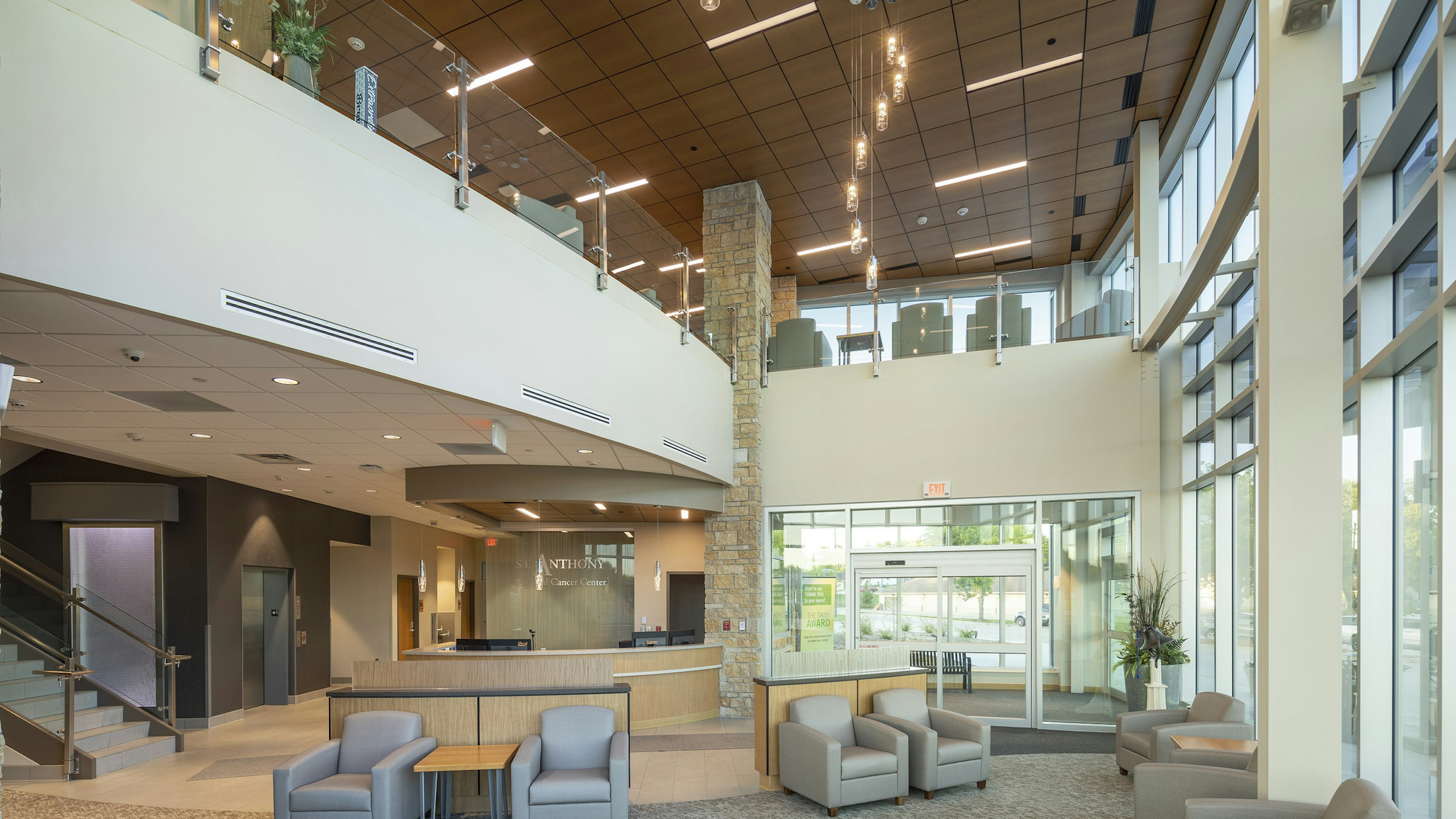
With 2023 around the corner, our healthcare facilities designers are looking ahead to what’s coming next. The past few years have changed the ways we live and work, and these shifts are impacting a variety of client discussions about the built environment and the future of healthcare systems.
From safety and security to burnout and retention, many design conversations are focused on improving the lives of patients and staff while designing meaningful and comforting experiences. With many universal issues at the forefront of the design process, including mental health and overall wellness, there is a shift to more human-centric design in the healthcare space.
As we prepare to enter a new year, we asked our healthcare leaders in our Minnesota and Tennessee offices for the trends and predictions they foresee. Continue reading for their response to the question below:
Here’s what our team said about the design trends shaping healthcare facilities:
While medication has played a large role in many healthcare settings for diagnoses like ADHD, some physicians are instead trying different physical and occupational therapy strategies before prescribing medication to young children. This shift in approach is creating an increase in addition and renovation projects focused on expanding physical and occupational therapy spaces in pediatric and specialist offices.
Looking ahead to the future, many healthcare systems are considering additional options for access points within the community, especially for fast-track/low acuity patients, to ensure hospital beds are reserved for the highest-need cases. Some systems are creating new freestanding emergency departments (EDs), urgent care centers, medical office buildings (MOBs) and more to reach a greater number of patients outside of the hospital’s immediate community.
According to Occupational Safety and Health Administration (OSHA), “workers in hospitals, nursing homes, and other healthcare settings face significant risks of workplace violence.” Due to this increased risk, safety and security is at the forefront of many conversations around healthcare design. Incorporating security into code and design plans has been a priority over the years, but it has recently escalated as a critical piece of the design development process.
Healthcare is becoming more humanized, and as a result, so is the design process behind new medical spaces and buildings. As provider and care team burnout increases and recruiting efforts ramp up to fill shortages, one way to ensure hospitals and healthcare settings are ideal workplace environments is to integrate provider and staff voices into the design process. Meaningful collaboration is the key to success, and creating environments in which people want to work can help attract and retain team members.
For certain projects, we’ve seen a shift to prefabrication and modular construction as a cost saving tool to help combat inflation and rising materials prices. Following cost analyses on traditional versus prefabricated and modular systems, we’ve seen the latter coming in as the less expensive option. This shift can have additional benefits as well, from changing the overall bottom line to depreciating these materials costs in 7 years versus 30.
While mental health has been a focal point in conversations across the architecture industry and beyond, designing for mental safety and comfort is a growing trend in healthcare. From emPATH units to crisis centers, creating dedicated, welcoming environments with safety and privacy in mind can help medical professionals handle mental health crises and show patients that they are not alone.
Our expert team is committed to serving as a trusted advisor to our clients and industry partners. Do you want to connect further with our team for your upcoming projects in 2023 and beyond? Get in touch today!